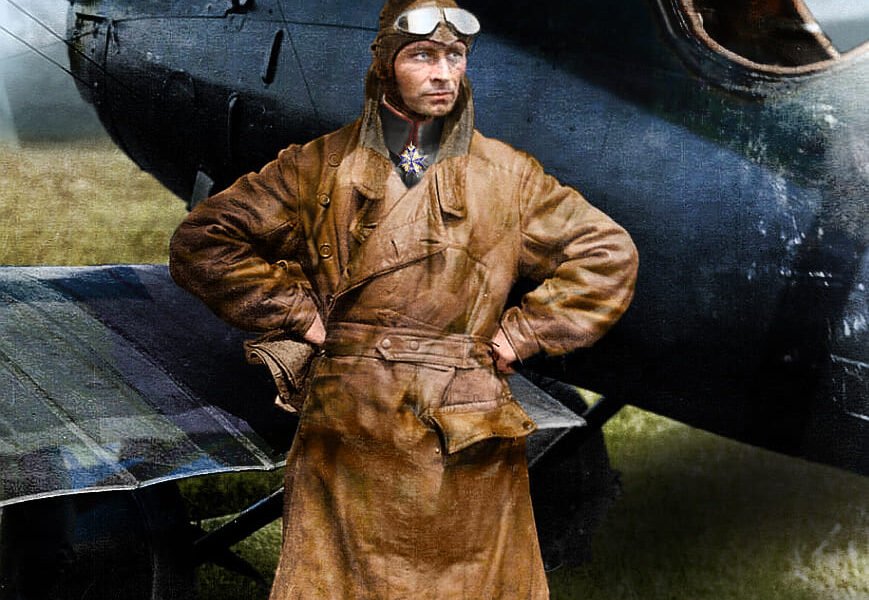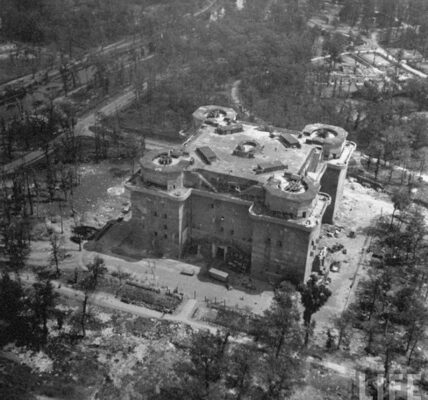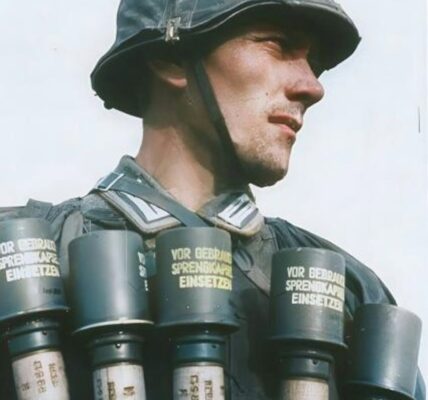Eduard-Maria Joseph Schleich (August 9, 1888 in Munich; November 15, 1947 in Dießen am Ammersee) was a German officer and politician. Because he painted his aircraft black from 1917 onward, he became known as the “Black Knight.”
At the beginning of the First World War, Schleich was initially deployed as an infantry officer and was wounded on August 25, 1914. After his recovery, he joined the air force, initially as an observer and soon after as a pilot. In 1917, he rose to commander of Jagdstaffel 21, then the newly formed Bavarian Jagdstaffel 32, Jagdgruppe 8, and finally, shortly before the end of the war, Jagdgeschwader 4. In August 1918, Schleich was promoted to captain.
Schleich was one of the most successful German fighter pilots in the First World War, credited with 35 aerial victories.
Schleich received numerous awards for his military successes. He received the Iron Cross, Second and First Class, the Order Pour le Mérite on December 4, 1917, and the Knight’s Cross of the Military Max Joseph Order, the highest gallantry award of the Kingdom of Bavaria, on June 14, 1918. Due to the associated elevation to the personal nobility, he was entitled to call himself Ritter von Schleich from that point on.
In November 1933, Schleich was elected to the Reichstag for the Nazi Party. He served during the second electoral term until March 28, 1936.
On April 1, 1935, Schleich joined the newly formed Luftwaffe with the rank of major. He was responsible for training dive-bombers and their crews.
Schleich became commander of Jagdgeschwader 132 on 1 November 1938, whose number was changed to Jagdgeschwader 26 on 1 May 1939.
After several further assignments, he ultimately served as Commanding General of the German Air Force in Norway. Promoted to Lieutenant General in the meantime, Schleich was transferred to the inactive reserve on November 15, 1944.
At the end of the war, he was captured on May 9, 1945. He remained in a US prison camp until his death.




